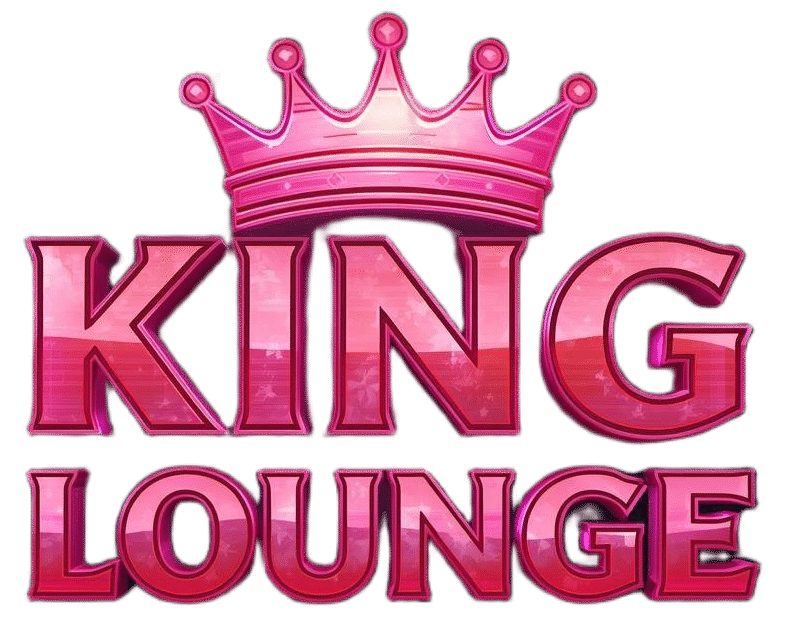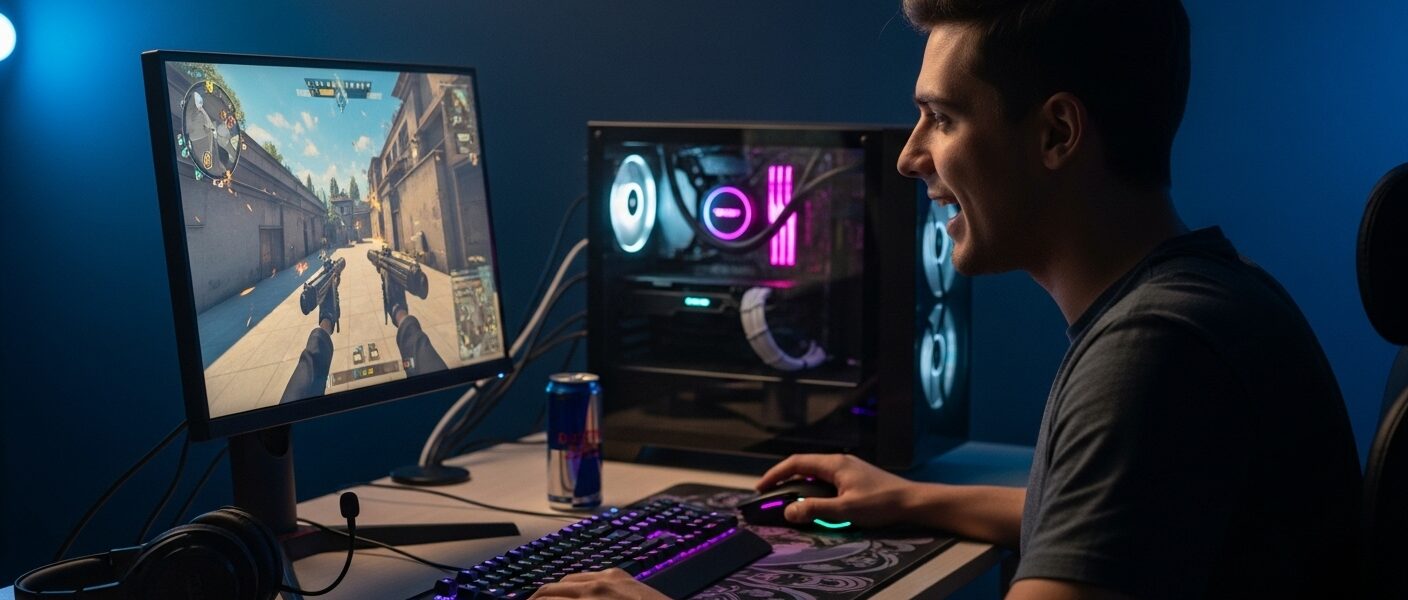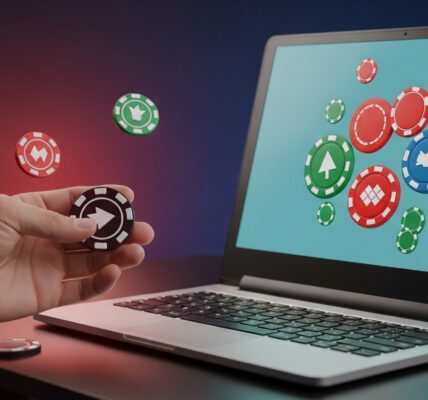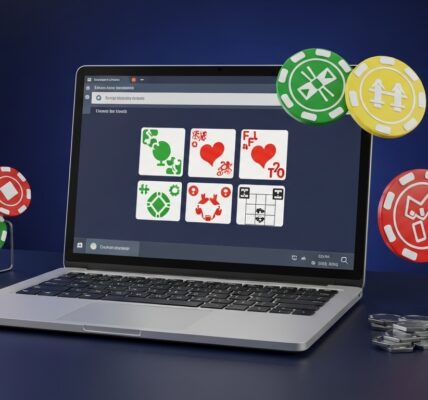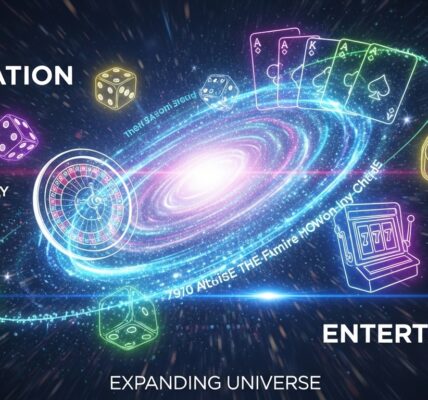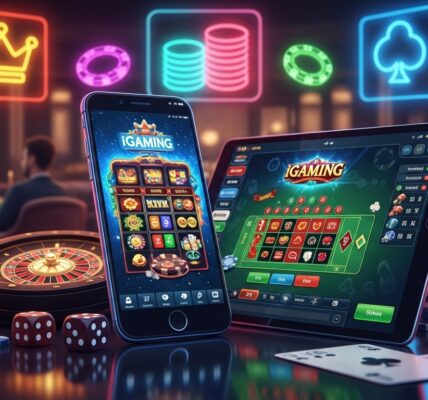Esports, the world of competitive gaming, has evolved into one of the most dynamic and fast-paced industries of the 21st century. Unlike traditional sports that rely on physical strength, endurance, and agility, esports demands exceptional mental acuity, rapid decision-making, and lightning-fast reaction times. At the heart of every successful professional gamer’s performance lies two fundamental elements: reaction time and reflexes. These two components, though often used interchangeably, represent the core of what makes esports athletes stand out in competitive play. Understanding the science behind these skills reveals why some players seem superhuman in their gameplay and how training, psychology, and neuroscience come together to refine these abilities.
Understanding Reaction Time in Esports
Reaction time is the interval between the presentation of a stimulus and the player’s response to it. In the context of esports, this could mean how quickly a player reacts to an opponent peeking around a corner, a sudden in-game alert, or a flashing cue on the screen. The shorter this interval, the better the player’s chance of making the right move before their opponent does.
In first-person shooters like Counter-Strike or Valorant, milliseconds can be the difference between victory and defeat. Similarly, in games like League of Legends or Dota 2, a quick reaction to a skillshot or an enemy ambush can turn the tide of an entire match. Reaction time becomes a critical skill that separates professional players from casual gamers.
Human reaction times typically average around 200 to 250 milliseconds, but professional esports players often perform far faster. This heightened responsiveness isn’t just luck or genetics—it’s the result of focused training, cognitive conditioning, and an optimized mental state achieved through years of disciplined practice.
Reflexes and Their Role in Gaming Performance
While reaction time refers to the speed of responding to a stimulus, reflexes are the body’s automatic and involuntary responses to external stimuli. Reflexes are faster because they bypass conscious thought. For example, when you touch a hot surface, your hand moves away before your brain even processes the sensation. In gaming, reflexes are linked to the subconscious execution of movement and action patterns that have been ingrained through repetition.
In competitive gaming, reflexes are trained through consistent exposure to game scenarios, which create neural pathways that allow players to perform complex actions almost automatically. A professional gamer doesn’t consciously think about every key press or mouse movement—they rely on trained reflexes to handle immediate challenges. Over time, these reflexes become refined to a point where decision-making and mechanical execution blend seamlessly.
The Neuroscience Behind Esports Skills
To understand how players develop incredible reaction speeds and reflex precision, it’s essential to look at the brain’s role in processing information. When a player perceives visual cues on the screen, their brain interprets the signal, processes potential responses, and then sends a command through the nervous system to execute the desired action.
This process involves several brain regions, including the visual cortex, motor cortex, and prefrontal cortex. The visual cortex processes the incoming stimuli, the prefrontal cortex helps with decision-making, and the motor cortex controls physical responses. For elite gamers, this chain of events becomes so efficient that their brains process visual information more quickly than the average person’s. Studies have shown that professional gamers often have enhanced attention spans, superior hand-eye coordination, and better neural synchronization between perception and action.
Training the Brain and Body for Faster Responses
Developing elite-level reaction time and reflexes requires a combination of mental and physical conditioning. Esports players spend hours daily refining their skills, focusing not only on in-game strategies but also on exercises designed to sharpen their neurological responses.
One of the most effective training methods is repetition. By repeatedly engaging in specific in-game situations, players condition their brains to recognize patterns instantly. Over time, this reduces the amount of conscious thought required to respond, leading to faster reactions. Aim trainers, reflex-based mini-games, and simulation drills help players maintain their sharpness.
Additionally, many professionals incorporate physical fitness into their routines. Although esports may not appear physically demanding, maintaining a healthy body supports cognitive performance. Regular exercise improves blood circulation, reduces mental fatigue, and sharpens focus—factors that directly impact reaction time and reflex reliability.
The Role of Vision and Perception
Vision plays a crucial role in esports performance. A player’s ability to interpret and react to on-screen information depends heavily on visual acuity, depth perception, and peripheral awareness. High-level players often develop superior visual scanning techniques that allow them to track multiple elements simultaneously—such as enemy movements, map cues, and ability cooldowns.
Moreover, the refresh rate of monitors and the quality of gaming equipment also influence reaction performance. A faster monitor refresh rate provides more real-time visual information, allowing players to respond more accurately. But beyond hardware, it’s the player’s brain that makes the true difference. Trained esports athletes process visual information at speeds that rival professional race car drivers and pilots.
Cognitive Load and Decision-Making Speed
In esports, reaction time isn’t just about physical speed—it’s also about mental efficiency. Players constantly face situations requiring split-second decisions under immense pressure. This involves not just reacting but predicting what opponents will do next. The best players minimize cognitive load, meaning they can perform multiple mental tasks simultaneously without losing accuracy.
This level of cognitive control is achieved through deliberate practice and experience. Professional gamers often play thousands of hours to internalize strategies and develop a form of “muscle memory” for their decision-making process. When faced with a complex scenario, they don’t have to consciously analyze every possibility; their brain instantly recalls past experiences and chooses the optimal response.
The Psychology of Quick Thinking
Psychological factors also have a tremendous influence on reaction time and reflexes. Stress, fatigue, and emotional state can either sharpen or dull a player’s performance. During tournaments, where stakes are high, maintaining composure is as critical as technical skill.
Professional esports athletes undergo mental conditioning to stay calm under pressure. Techniques such as deep breathing, mindfulness, and visualization are commonly used to reduce anxiety and keep focus sharp. When the brain is relaxed but alert, it processes information faster, leading to improved reaction times.
Conversely, fatigue and burnout can drastically slow reflexes. Sleep deprivation, poor diet, and long hours of training without rest negatively affect the nervous system’s responsiveness. This is why balancing practice and rest is essential for peak performance. The mind must recover to maintain optimal speed and accuracy.
The Impact of Age on Reaction Time
Age is another significant factor in esports performance. Reaction time naturally peaks in the late teens to mid-twenties, which is why many professional gamers retire earlier than athletes in traditional sports. As players age, the nervous system’s speed gradually decreases, and reflexes become less sharp.
However, experience and strategic thinking can offset these physical changes. Older players may not react as fast, but their game sense and predictive skills often give them an edge in decision-making. Many esports veterans transition into coaching, where their understanding of timing, positioning, and game flow proves invaluable to the next generation of players.
Technology and Training Tools
Modern technology has revolutionized how esports athletes train their reaction time and reflexes. Advanced software tracks every movement, click, and reaction to identify areas for improvement. Tools such as aim trainers, eye-tracking systems, and cognitive training apps have become standard in professional training programs.
Eye-tracking technology, for instance, helps players understand where their visual focus lies during gameplay. It can reveal whether a player spends too much time looking at certain areas or fails to track critical information quickly. Similarly, reaction-time testing devices and custom drills help players strengthen neural connections between perception and action.
Virtual reality is also emerging as a powerful tool for training reflexes and situational awareness. VR environments allow players to simulate complex in-game scenarios that train their brain and body coordination in realistic ways. These tools not only enhance performance but also help prevent burnout by adding variety to training sessions.
The Role of Nutrition and Physical Health
Nutrition and overall physical well-being directly affect cognitive performance. The brain requires a steady supply of oxygen, glucose, and nutrients to function efficiently. A diet rich in antioxidants, omega-3 fatty acids, and vitamins supports neural health and reaction speed.
Hydration also plays a key role. Even mild dehydration can lead to slower decision-making and reduced mental clarity. Professional esports players often follow strict dietary regimens to maintain their peak cognitive performance during competitions.
In addition, maintaining good posture, flexibility, and muscle balance reduces fatigue and enhances endurance during long gaming sessions. Physical therapy and hand exercises help prevent repetitive strain injuries, ensuring that reflexes remain precise and responsive.
Team Coordination and Shared Reflexes
In team-based esports, reaction time and reflexes aren’t just individual skills—they’re collective assets. Teams that can synchronize their reactions gain a massive competitive advantage. This synchronization comes from communication, chemistry, and shared experience.
Players who train together over long periods develop an intuitive understanding of each other’s playstyles. They can predict teammates’ actions almost instantly, reducing response delays in high-pressure moments. This level of coordination transforms quick reflexes into cohesive team strategies that outmaneuver opponents.
The Future of Esports Skill Development
As esports continues to grow, the science behind improving reaction time and reflexes will advance as well. Researchers and trainers are exploring ways to enhance neuroplasticity—the brain’s ability to adapt and rewire itself for faster learning and performance.
Biofeedback and neurostimulation are already being tested in some professional training programs. These technologies help players monitor their brain activity and optimize mental states for better concentration and speed. In the future, esports training may include personalized neurological programs tailored to each player’s unique strengths and weaknesses.
Artificial intelligence is also playing a role in skill enhancement. AI-driven training bots can adapt in real time to a player’s performance, providing tailored challenges that continuously push reaction time and reflex limits. As these technologies evolve, the boundaries of human performance in esports will expand even further.
Conclusion: The Art and Science of Split-Second Mastery
Reaction time and reflexes are more than just physical traits—they are the outcome of mental discipline, neurological training, and psychological resilience. In the world of esports, where the difference between victory and defeat is measured in milliseconds, mastering these skills defines greatness.
Behind every flawless headshot, perfectly timed ability, or clutch play lies a symphony of brain activity, hand-eye coordination, and trained instinct. Esports athletes are not simply gamers; they are cognitive performers who push the limits of human perception and response.
As technology advances and our understanding of the human brain deepens, the science of esports skills will continue to evolve. The next generation of players will not only react faster but will also think smarter, making esports one of the most fascinating arenas of mental and physical performance in modern sports history.
